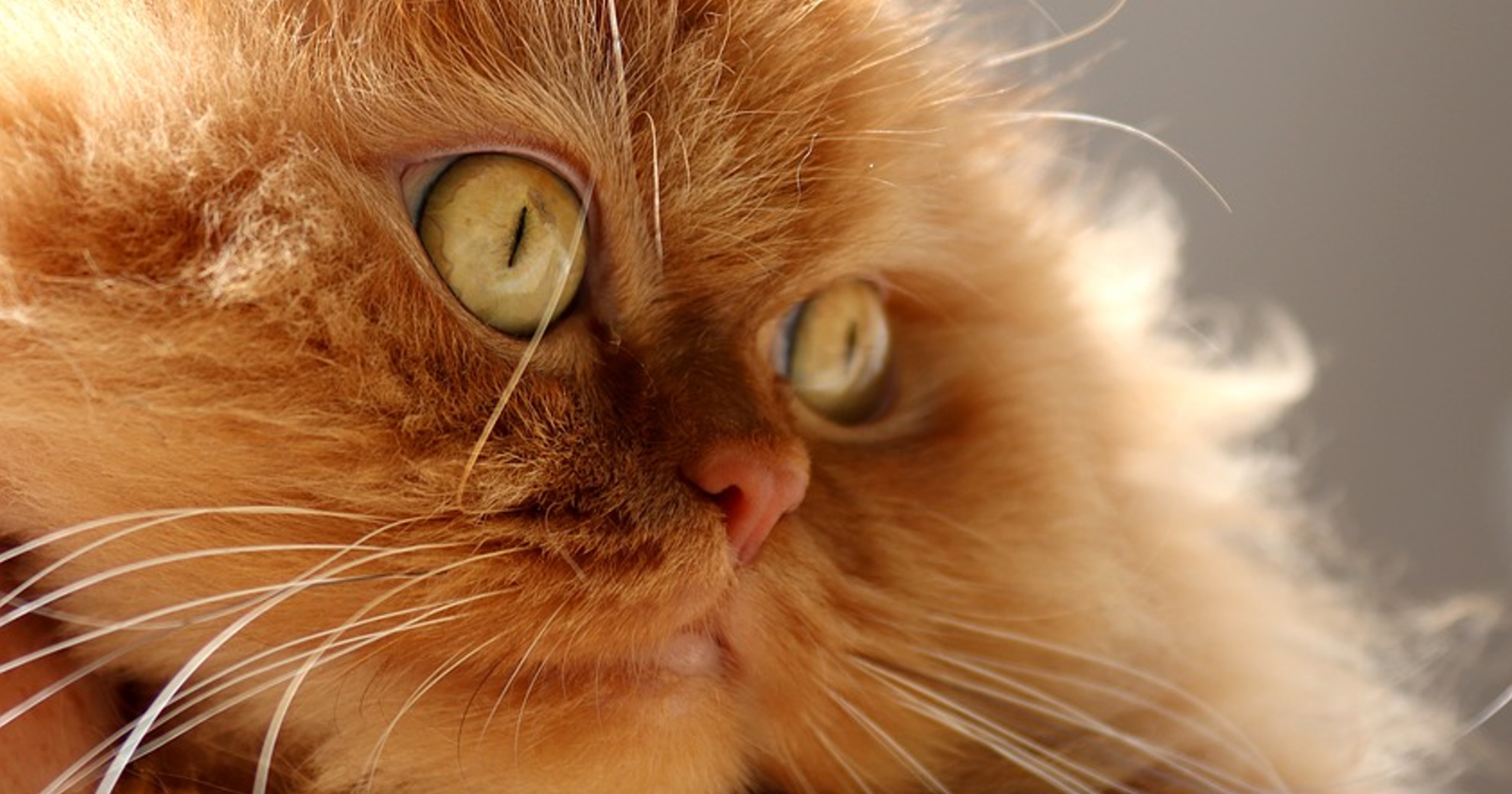HEALTH & WELLNESS

TRENDING

SIGN UP and Start Receiving
Our Monthly Newsletter,
The Chronicles
What are the Risk Factors for Feline CKD?

Chronic kidney disease (CKD) definition
Chronic Kidney Disease (CKD) refers to the gradual decline of kidney function over time. The disease is progressive and occurs where there is long-standing, irreversible damage to the kidneys that weakens their ability to remove waste products from the blood and regulate other essential functions.
CKD is one of the most frequently encountered disorders in cats, having increased in prevalence in recent decades.
RISK FACTORS FOR CKD
A risk factor is defined as an attribute that is associated with increased risk of an outcome. However, the detection of risk factors is complicated because:
- Cats are often taken to the veterinarian when the disease is already advanced.
- It is also difficult to distinguish risk factors from concurrent disease processes associated with aging.
- Multiple risk factors contribute to the gradual decline in kidney function over time and concurrent diseases could contribute to this process.
At this time, risk factors for CKD that have been identified include:
Age
Although cats can develop CKD at any age, it is more frequent in older cats. However, older cats could also have other age-associated disease processes that might play a role in the development of CKD. Younger cats may develop CKD due to familial renal diseases.
Presence of One or More Additional Diseases – Comorbidities
Examples of possible comorbidities that have been identified as potential risk factors for development of CKD in cats include:
- Hypercalcemia: Excess of calcium in the blood
- Cystitis: Inflammation of the urinary bladder often caused by infection
- Diabetes: Impaired ability to produce or respond to the hormone insulin
- Infectious Disease: A disease caused by microorganisms that invade tissue
- Urolithiasis: Formation of stones in the kidney, bladder and/or urinary tract
- Hyperthyroidism: Overproduction of a hormone by a gland in the neck (thyroid)
- Cardiac Diseases: Heart conditions (diseased vessels, structural problems, blood clots, etc.)
- Periodontal Diseases: (Serious gum infection that damages gums and can destroy the jawbone.)
Diets Associated with CKD
Some diets have been associated with the development of CKD in cats. In particular, a potassium-depleted, high-protein diet was associated with the development of CKD. Not eating food for the correct life stage may be detrimental. Insufficient food intake is also risky.
Some Drugs May Carry Risk Factors
Some therapeutic agents seen as risk factors are:
- Polymyxins (antibiotics)
- Aminoglycosides (antibiotics)
- Amphotericin (antifungal medication)
- Chemotherapeutics (cancer treatments)
- Sulfonamides (synthetic drugs that prevent the multiplication of some pathogenic bacteria)
Injuries and Infections
Certain primary or secondary diseases can initiate CKD:
- Infections
- Inflammation
- Neoplasia: presence or formation of new, abnormal growth of tissue
Breed
According to some studies, certain cat breeds are more prone to developing CKD (and other familial diseases). They are Abyssinian, Burmese, Maine Coon, Persian, Ragdoll, Russian Blue and Siamese.
OTHER POSSIBLE RISK FACTORS
There are relatively few clinical studies evaluating environmental or lifestyle risk factors for the development of feline CKD. These variables include:
- Sex (m/f)
- Environment
- Smoke exposure
- Lifestyle (indoor/outdoor)
- No/infrequent vaccination









